Nurturing Your Learners Through Classroom Culture: Part 1
- August 13, 2018
- By Robin Lee
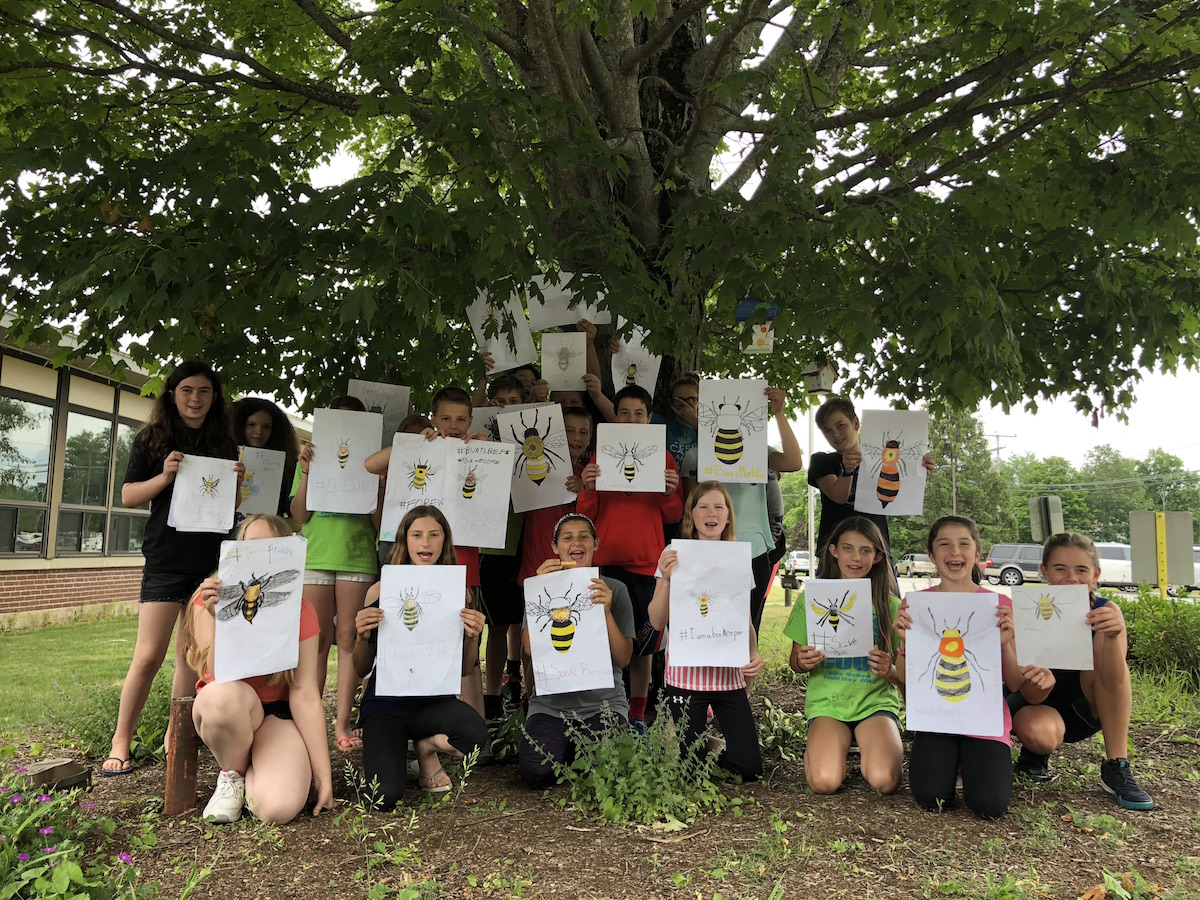
“Under, Over, Understory.”
I am sure that means absolutely nothing to you, but my 95 middle school students know exactly what I am saying. Every day, I greet my students outside the classroom door by saying, “Under, Over, Understory.” It means, put your binders under your desk and meet me over in the Understory, our reading area. Students look forward to their greeting, quickly follow directions, and eagerly meet me in the Understory for their daily read aloud.
The Understory is symbolic; it is the growth which flourishes beneath the canopy of the rainforest, as are your students, nurtured and protected by the umbrella of your Classroom Culture.
Elements of Classroom Culture incorporate three environmental categories: physical, social and emotional, and learning.
One category is not more important than the other; they are intertwined, interrelated, and interdependent, similar to an ecosystem. Start off your year, day one, by establishing a Classroom Culture filled with connected rituals, specific routines, and clear expectations. Tend to your students’ needs by dedicating part of the first 6 weeks of school to cultivating your Classroom Culture. Like a rich rainforest understory, your learning environment will flourish within the canopy of your Classroom Culture.
An Enriching Physical Environment
“We cannot wait to get to class; it is so fun-looking and comfortable in here!”
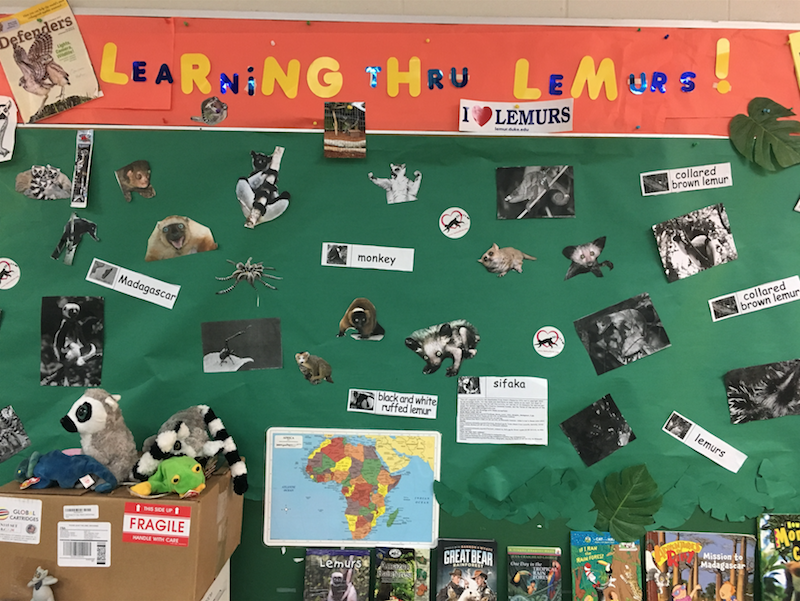 When students burst into a classroom, squealing how they look forward to THIS class because the environment ‘so cool’ and it helps them learn, teachers shine like a glowing sun. I am glowing; I am a SUN! We all want our classroom to be inviting, stimulating, safe, and nurturing; so here are a few tips to transform your space into BRIGHT learning environment.
When students burst into a classroom, squealing how they look forward to THIS class because the environment ‘so cool’ and it helps them learn, teachers shine like a glowing sun. I am glowing; I am a SUN! We all want our classroom to be inviting, stimulating, safe, and nurturing; so here are a few tips to transform your space into BRIGHT learning environment.
Color, Color, Color. Did I mention color? Do not underestimate the use of color on walls, bulletin boards, table covers, storage containers, and furniture. My students choose year-long colors that we incorporate throughout our year. This year our focus was environmental learning. The students chose and named our colors; Environmental Emerald, Sassy Sunshine, and Big Sky Blue. Color is key to initial student engagement.
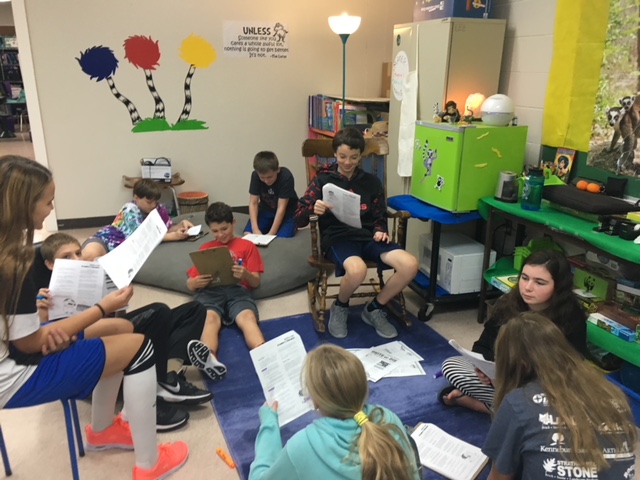 Make flexible seating areas. These areas should accommodate all learners for various tasks. Keeping with our environmental theme, the class named our reading area The Understory, game area Lemur Land, small group area Truffula Town, and a quiet spot The Unless Rock. Diversify your seating choices with wobble stools, standing desks, beanbags, bouncy balls, and traditional seating. Students learn to adjust their seating choice to meet their daily needs. This is an encouraging way to integrate meta-cognition and agency.
Make flexible seating areas. These areas should accommodate all learners for various tasks. Keeping with our environmental theme, the class named our reading area The Understory, game area Lemur Land, small group area Truffula Town, and a quiet spot The Unless Rock. Diversify your seating choices with wobble stools, standing desks, beanbags, bouncy balls, and traditional seating. Students learn to adjust their seating choice to meet their daily needs. This is an encouraging way to integrate meta-cognition and agency.
 What’s that smell? Well, in my classroom it is the flavor-of-the-day, softly floating through our classroom from an air-cleaning diffuser. Students look forward to this sensory integration. The smell soothes, stimulates, and makes for a more inviting environment. Guessing the flavor-of-the-day has become a tradition. Is it banana bread, honeysuckle, pumpkin pie, or cedar? Introducing scent may not be for all classrooms, as allergies exist. If they do, air-freshening ferns are an enhancing addition. However, if you can use aroma in your environment, it would be a scent-sational addition!
What’s that smell? Well, in my classroom it is the flavor-of-the-day, softly floating through our classroom from an air-cleaning diffuser. Students look forward to this sensory integration. The smell soothes, stimulates, and makes for a more inviting environment. Guessing the flavor-of-the-day has become a tradition. Is it banana bread, honeysuckle, pumpkin pie, or cedar? Introducing scent may not be for all classrooms, as allergies exist. If they do, air-freshening ferns are an enhancing addition. However, if you can use aroma in your environment, it would be a scent-sational addition!
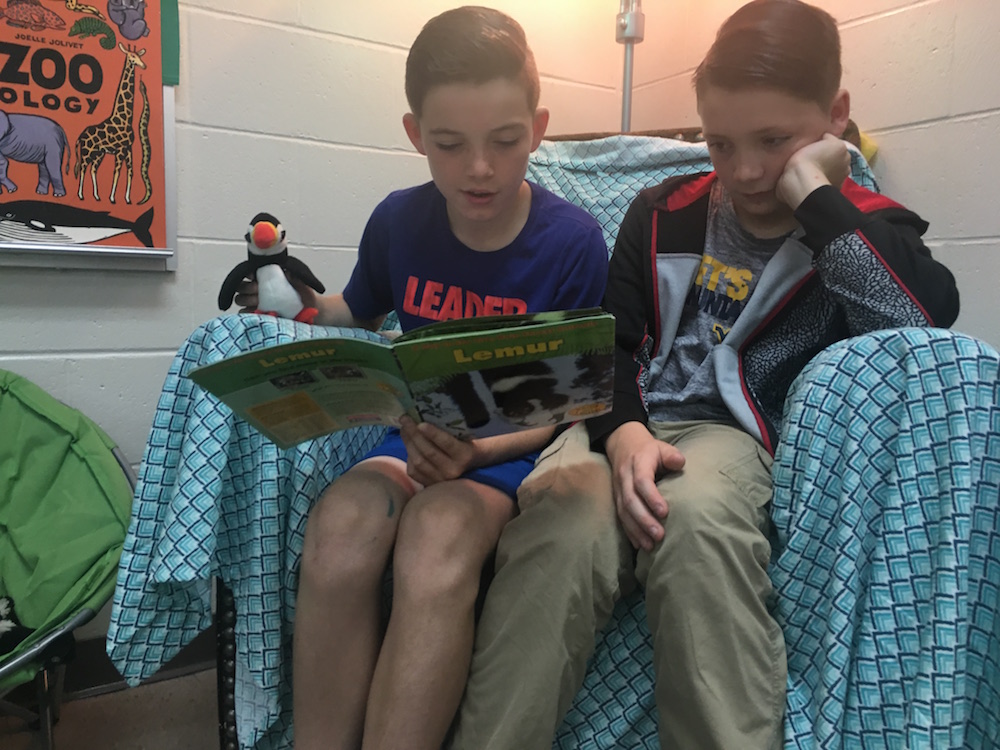 Lightbulb Moment! The quality of your classroom lighting makes a difference in student focus. The fluorescent-panel lighting that drapes from most school ceilings can be extremely harsh on eyes, thus affecting student engagement. My students have responded positively to having 50% of the lights on. I tweaked the classroom lighting by turning all the overhead lights OFF and strategically placing several floor lamps around the room to provide softer, indirect lighting. This lighting adjustment provides a nurturing vibe and soothing glow for learners’ young eyes. You may even go home at the end of the day with less eye strain and fatigue. It’s a Win-Win.
Lightbulb Moment! The quality of your classroom lighting makes a difference in student focus. The fluorescent-panel lighting that drapes from most school ceilings can be extremely harsh on eyes, thus affecting student engagement. My students have responded positively to having 50% of the lights on. I tweaked the classroom lighting by turning all the overhead lights OFF and strategically placing several floor lamps around the room to provide softer, indirect lighting. This lighting adjustment provides a nurturing vibe and soothing glow for learners’ young eyes. You may even go home at the end of the day with less eye strain and fatigue. It’s a Win-Win.
What’s that Noise? Classical music, Broadway soundtracks, rainforest sounds, normal classroom hub-a-bub, or silence? Each learner has a preference on what noise level and type of sound is most productive for their learning. Some students prefer soothing sounds; some work best with jumpy music; and others wear a headset for silence. Teacher awareness of students’ choice is vital. Anonymously poll your students’ preferences so you may be accommodating. This may change daily or by activity.
Tips for Integrating Music:
- Keep it low; it should be background music, not overwhelming or distracting.
- Choose wisely; adjust your music choice to the task: testing-soft classical, cooperative activity-current pop music, independent work-something in between, a movie soundtrack. Playing Frozen’s ‘Let it Go’ during testing would not be a smart choice!
- However you blend music into your environment, remember its purpose is to keep learners engaged, focused, and inspired.
Establishing a nurturing Classroom Culture is important for students to reach their growth potential. Physical environment is just one of the areas to consider when creating your Classroom Culture.
Please check back later this month for Part 2: Classroom Culture: Social-Emotional and Learning Environment.
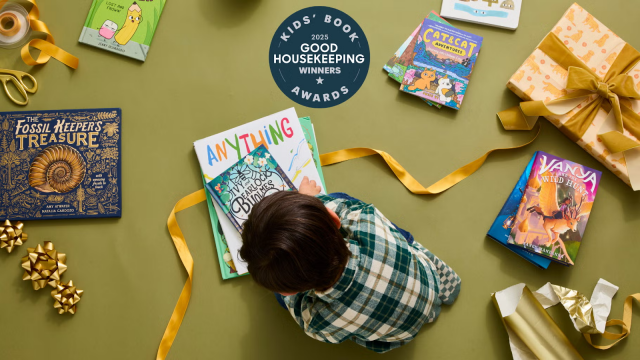
Kids Discover Talks with Book Editor Karen Cicero about Good Housekeeping’s 2025 Kids’ Book Awards
- December 22, 2025

Kids Discover Talks with Television Lighting Designer Christopher Landy About the Rockefeller Center Christmas Tree Lighting
- December 9, 2025

It’s the Most Wonderful Time of the Year… For Community Service Projects!
- December 8, 2025